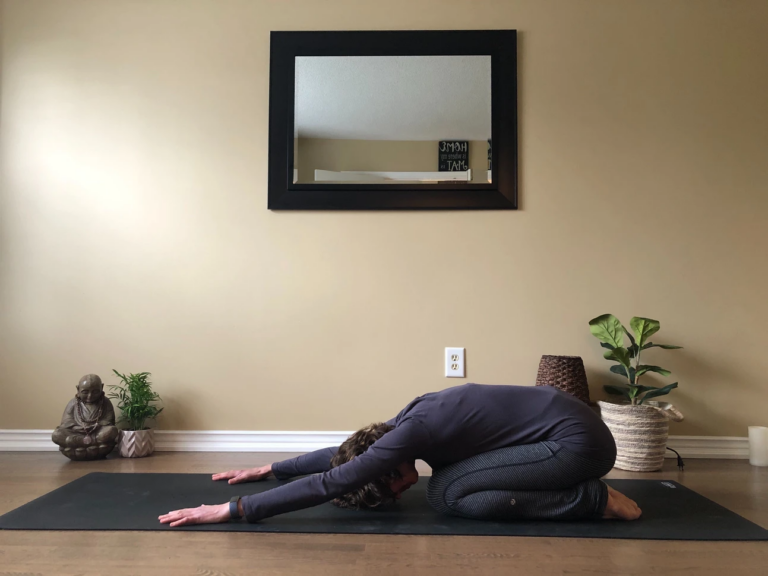Almost everyone has heard that you should warm up before exercise, and that you should cool off at the end of exercise, but many people don’t know why or what types of activities to perform.
Why do we warm up?
Warming up before exercise is important for two reasons. First is that it helps prepare the body for activity in a controlled way to reduce the risk of injury. Second, it improves our performance during the subsequent activity. It accomplishes these two things in a very similar way. Warming up increases the temperature of muscles, leading to increased blood flow and increased flexibility. It also gradually increases your heart rate, allowing your cardiac system to keep pace with your muscles’ demand for more blood. Finally, warm muscles work faster, and are stronger, than cold muscles.
How should you warm up?
A warm up should be similar to the activity you are going to be performing. For example, if you are going for a run, you should warm up with light jogging or walking. This will warm the muscles that will be used while you run. What happens if you are doing a more dynamic sport, like volleyball, or hockey? If you only warm up with light jogging before doing these sports, you are missing warming up most of your upper body muscles. Activities that mimic the action of the sport are the best way to warm up. Taking volleyball again, you might consider doing some controlled volleying or bumps to warm up your arms, and some light squats and jogging to warm up your legs. If you are going to do a strength training session at the gym, try doing some of the exercises you are going to do with no weights first to get the muscles activating before adding any weight. Now what about something that does not seem like exercising, for example gardening or snow shoveling. It is just as important to warm up for these types of activities as well to help reduce injury. You might consider again doing some light squats to warm up the lower body, and arm lifts to warm up your upper body. These types of activity may not seem like “exercise” but they can be quite challenging on the cardiovascular and musculo-skeletal systems. How do you know if you’ve warmed up enough? Usually if you start a light sweat, your body is ready to start training. This should take approximately 10-15 minutes.
Why do we cool off?
Cooling down has one important function. It helps your body adjust back to normal after strenuous exercise. It can limit muscle cramping and stiffness. A cool off allows your heart rate to slow gradually, as well as decreases blood pooling in the working muscles. If the blood pools, it can cause dizziness, or even fainting.
How should you cool off?
To start, a cool off should be very similar to a warm-up, in that you perform a lighter version of the activity you were just performing. Running? Try a lighter jog to cool down. Playing basketball? Try some light jogging followed by arm rotations to work the upper body. A very important aspect of the cool off is stretching. Stretches should be performed during cool down rather than during warm up as stretching causes a short term decrease in strength by depressing the nervous system. Therefore if performed during a warm up, performance can be decreased, although this effect is small. During a cool down, however, muscles are still warm from activity and tolerate stretching very well. Stretches should be held for 30 seconds and done 2-3 times per muscle group used during activity, including the upper body. When stretching, you should not push so hard that the stretch is painful. This will help to improve flexibility and reduce injury risk. Most people miss a good cool down after activities like snow shoveling or gardening. They finish and just go inside and plop on the couch, or get in their car and drive to work. Each year there are several people that succumb to a heart attack after shoveling because they did not properly warm up and/or cool down. Make sure to do some light activity and stretching afterwards rather than just stopping all together. After about 10-15 minutes, once your heart rate is slowed, and breathing is returned to normal, your cool down is complete.
If you have any more questions about warming up or cooling down visit us today at Clarington Physiotherapy Health and Wellness Center, or call at 905-240-9355!
Cheers,
Brody Langlois, Registered Physiotherapist


